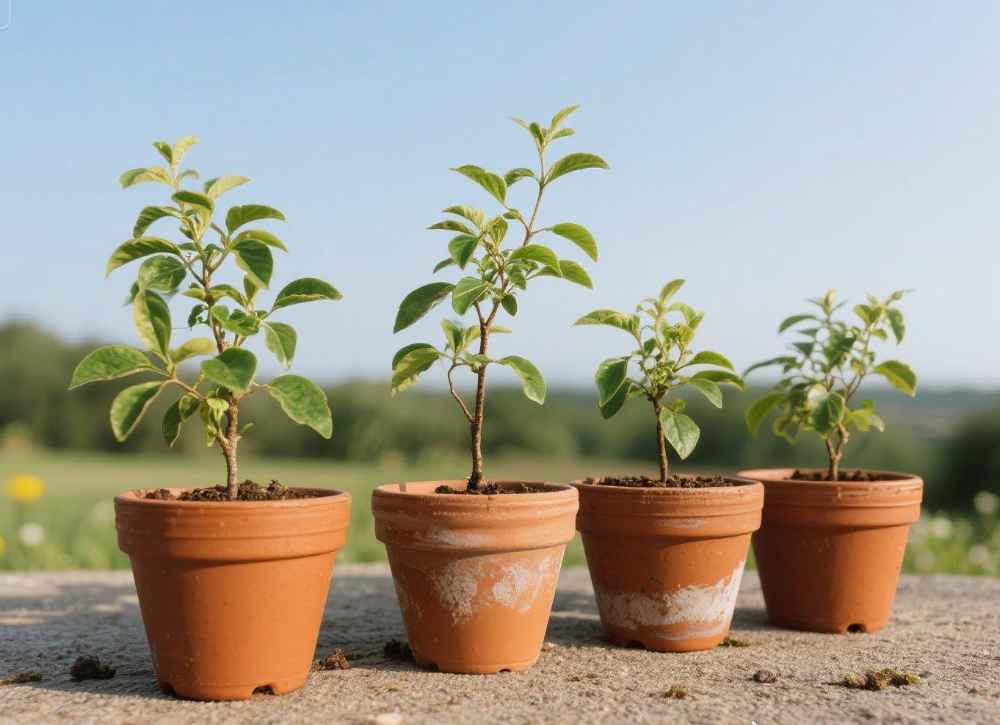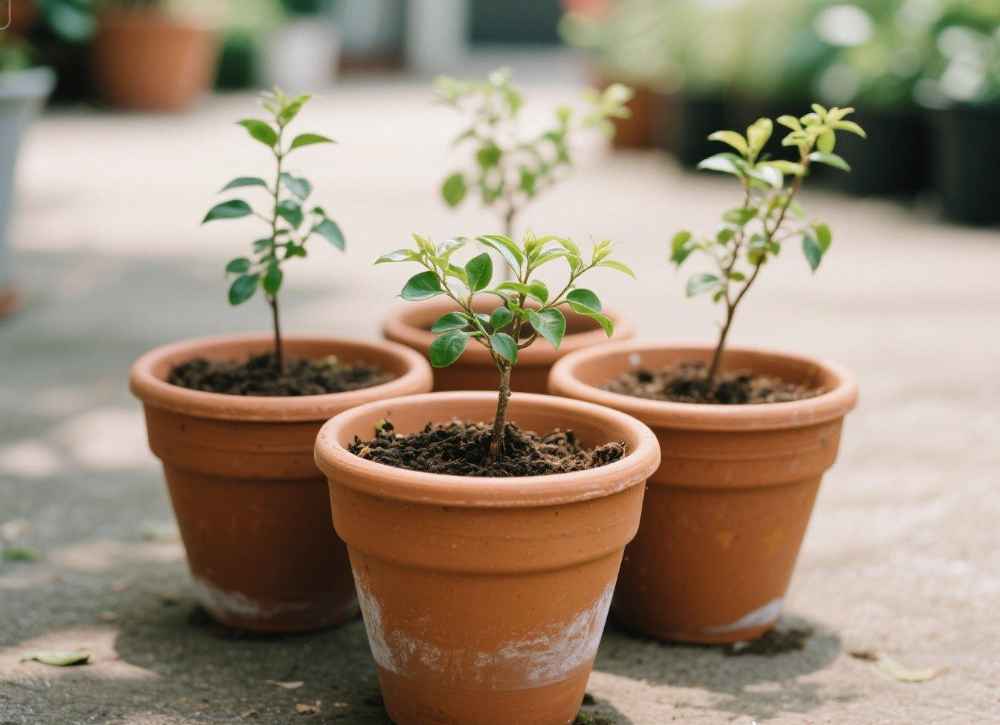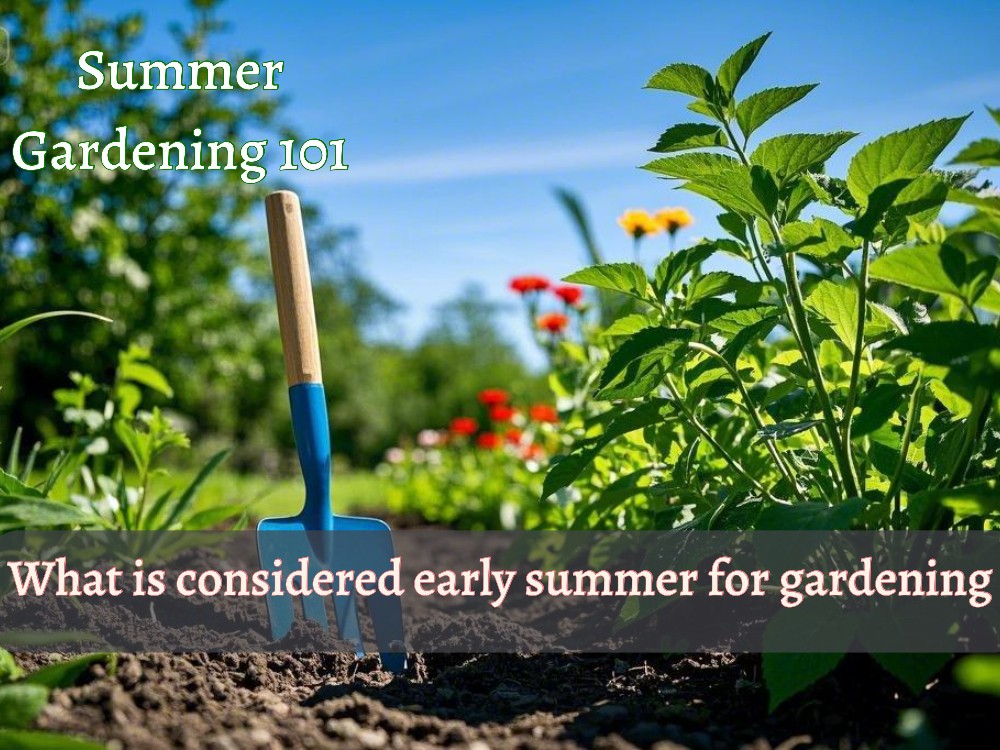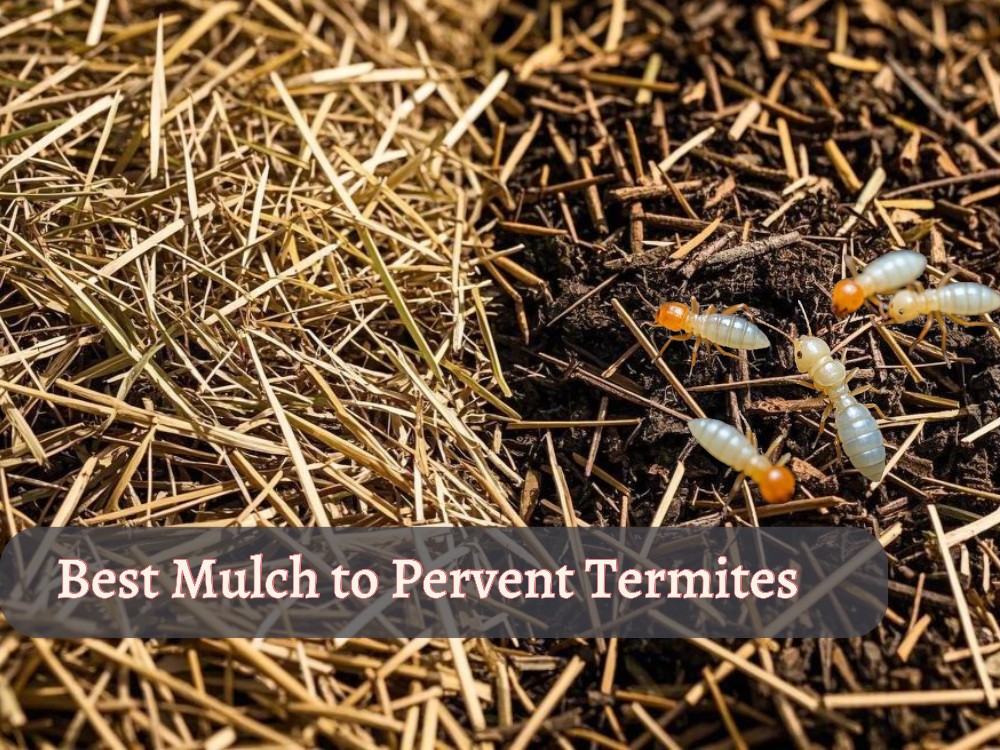Have you ever found yourself in early September, staring at your yard and asking: “Can I plant trees in the fall, or is it already too late?” This is the exact question many gardeners face when the first signs of fall arrive.
Fall isn’t just another season; it’s a hidden opportunity. The soil still carries the warmth of summer, while the crisp air reduces stress on young trees.
This unique mix makes planting trees in the fall one of the smartest choices for gardeners who want strong, healthy roots before winter sets in.
But here’s the twist: not every tree responds the same way. While some species flourish in the fall season, others need extra care, or may not be the right choice at all.
And that’s where the secret lies: knowing which trees are best suited for fall planting, and how timing in the fall season can make all the difference.
here’s when to plant trees, see full guied….
Can You Plant Trees in Fall? Which Fruit Trees should be planted? Is it too Late?
The above three questions may come to your mind…Right?
So, let’s find out the answer for each question…First of all, can you plant trees in the fall? The answer is yes, why? let’s see;
For example, if we consider spring in comparison to fall, then trees have to focus on two big things;
- Making and strengthening roots
- Emphasizing vegetative growth (in simple words, producing leaves)
Now, think about the fall (autumn) season; it is almost common that plants focus on dropping their leaves, meaning they are not focusing on leaf growth. That is why fall is a golden opportunity to make the root foundation of trees before spring arrives for its vegetative growth.
When you plant trees in the fall, their roots are already established, which enhances their vegetative growth in the spring, reducing the stress of (2 work at the same time)….I hope you get it.
However, here’s the point: fall is not ideal for all types of trees, based on their temperature preferences and many other factors. That’s the reason for the importance of understanding which trees should be planted in the fall.
Which Trees should be planted in the Fall?

The answer to “Can you plant trees in fall?” was simple and generic, but the real point is knowing which tree should be planted in the fall season. Maybe as a beginner, you don’t know this…..and in this situation, directly moving to the possibility of planning trees in the fall will not be enough.
Now, let me explain why all trees can not be planted in the fall…..here’s a reminder of the above point: “Trees start to drop their leaves in the fall,” right? Have you remembered?
Okay, keep in mind that point, aning concd now focus on the 3 main types of trees based on the “Fall tree planted concept”
(1) Deciduous Trees (drop their leaves in the fall season)
(2) Fruit Trees (often fruit trees require cold stratification)
(3) Evergreen Trees (do not drop leaves year-round and keep focus on vegetative growth compared to root growth)
Deciduous Trees (Deciduous Fruit Trees)
In the above three lists, Deciduous Trees (Maples, Oaks, Pines, and Spruces) are the recommended choice to plant in the fall. Some deciduous fruit trees, such as apple, pear, peach, plum, and fig, should also be planted in the fall.
When and how to plant Deciduous Trees in the fall?
For Deciduous Trees, including some fruit varieties, fall is the best time to propagate them with cuttings and seeds. You must stratify seeds before 4 months of planting, from September to November.
Deciduous Fruit Trees
For fruit seeds stratification, consider the climate and choose an option.
If the area experiences a minimum tempearture of 6 or 7 Celsius, keep the seeds indoors in the fridge (at 1 to 5 °C) by wrapping seeds in moist peat moss in a plastic bag.
Cutting is also another option to get a quick harvest compared to seed-growing. Take fig cutting (here is the method with just 5 steps)
Evergreen Trees and time to plant in the fall
As far as if we talk about evergreen trees are concerned, especially broadleaf and hollies are not recomanded to be planted in the fall.
However, the fall season varies based on location. Because of this, we can plant their seeds from late summer to early fall.
It is also a good approach to buy from a nursery and transplant…but make sure to do so before the ground freezes.
Regarding evergreen trees, there is no scope for cutting and even layering propagation because of the low success ratio.
Can you Transplant Trees in the Fall?
If you are thinking of buying trees (whether deciduous or evergreen) from a nursery and transplanting them to your garden, then make sure the ground is not frozen. See how to transplant trees…
Try to transplant from late summer to early fall if your area consists of 3, 4, 5, or 6 zones. Otherwise, for USDA zones 7, 8, 9, 10, 11, from early to mid fall is also a good time, but ensure to protect from winter (here see how to prepare the garden during winter)
Is it too Late to Plant Trees in the Fall?

It’s not necessarily too late to plant trees in the fall, but it depends on the type of tree and your climate.
Deciduous trees (leaf-shedding) are generally safe to plant even in late fall because they are entering dormancy and can focus energy on establishing strong roots before spring.
Evergreen trees, however, are more sensitive: in cold regions, late fall transplanting can be risky because their roots may not establish before frost, but in mild-winter areas like Florida or South Texas, fall planting is feasible with proper care.
If transplanting is not ideal, propagation through seeds is usually safe for both types, as seeds go dormant over winter and germinate in spring.
Fall cuttings work well for deciduous trees but are not recommended for evergreens due to slow rooting and low success in colder or low-light conditions.
What is the Best Time to Plant Trees in The Fall?
If you’re like me and often bring trees from a nursery, timing in the fall really matters. The best window is early to mid-fall—that short period when the soil is still holding summer’s warmth, but the air has already cooled down, allowing roots of trees to stay active underground for establishment.
As the local climate has a big impact on gardening, the time to plant trees in the fall season may vary based on location.
- In mild-winter regions, you can stretch transplanting until late fall, as the soil rarely freezes early.
- In cold-winter regions, aim for September through early October (before the first frost warnings), because once the ground freezes, roots can’t establish.
But keep in mind that if you are trying any propagation method, timing may vary based on several factors, so always take action before proper research.
Tree-Spesific Guides to Plant them in the fall season…
Can you plant peach tree in the fall
Can you plant pear tree in the fall
FAQs About Planting Trees in the Fall
Q1: When’s the best time to plant a tree in the fall?
The best time is early to mid-fall, when the soil is still warm but the air has cooled down. This allows roots to grow before winter sets in.
Q2: What’s the best tree to plant in the fall?
Hardy trees like maples, oaks, and evergreens such as pines are great choices because they adapt well and establish roots quickly.
Q3: Is it too late to plant trees in late fall?
If the ground has not yet frozen, you can still plant. But in colder regions, it’s safer to finish planting before the soil gets too hard.
Q4: Do fall-planted trees need extra water?
Yes, watering is essential. Even though the air is cool, roots need enough moisture to establish properly before winter.
Q5: Can I plant fruit trees in the fall?
Yes, but it depends on your region. In mild-winter areas, fall is excellent for fruit trees. In very cold regions, spring may be safer.






